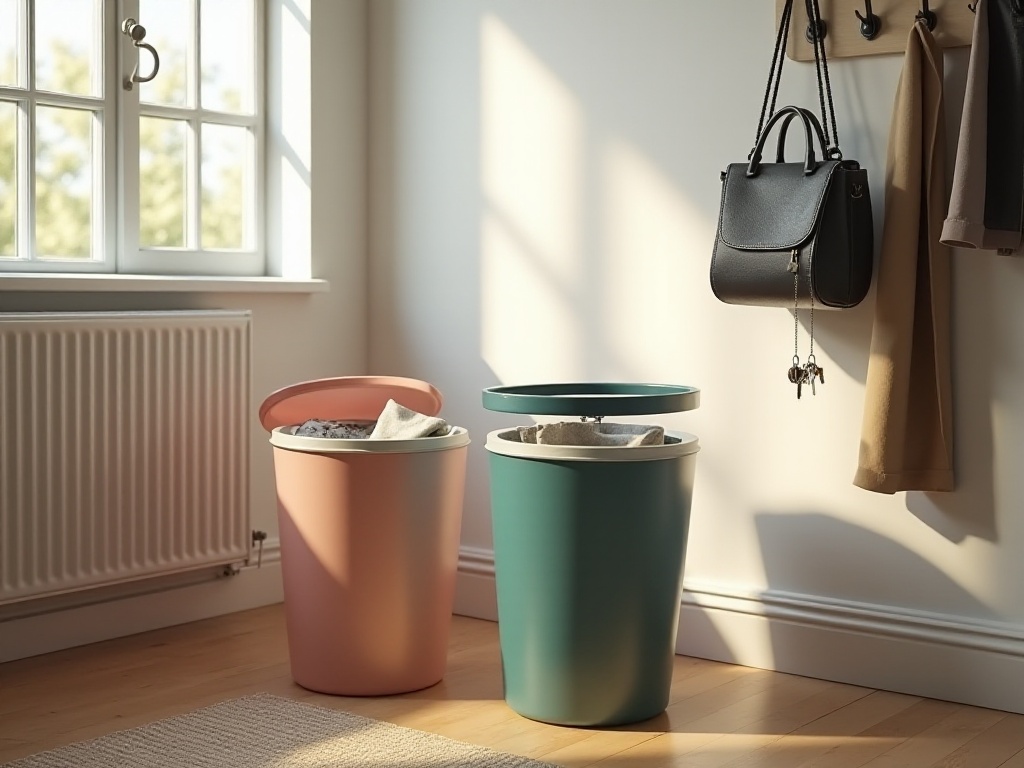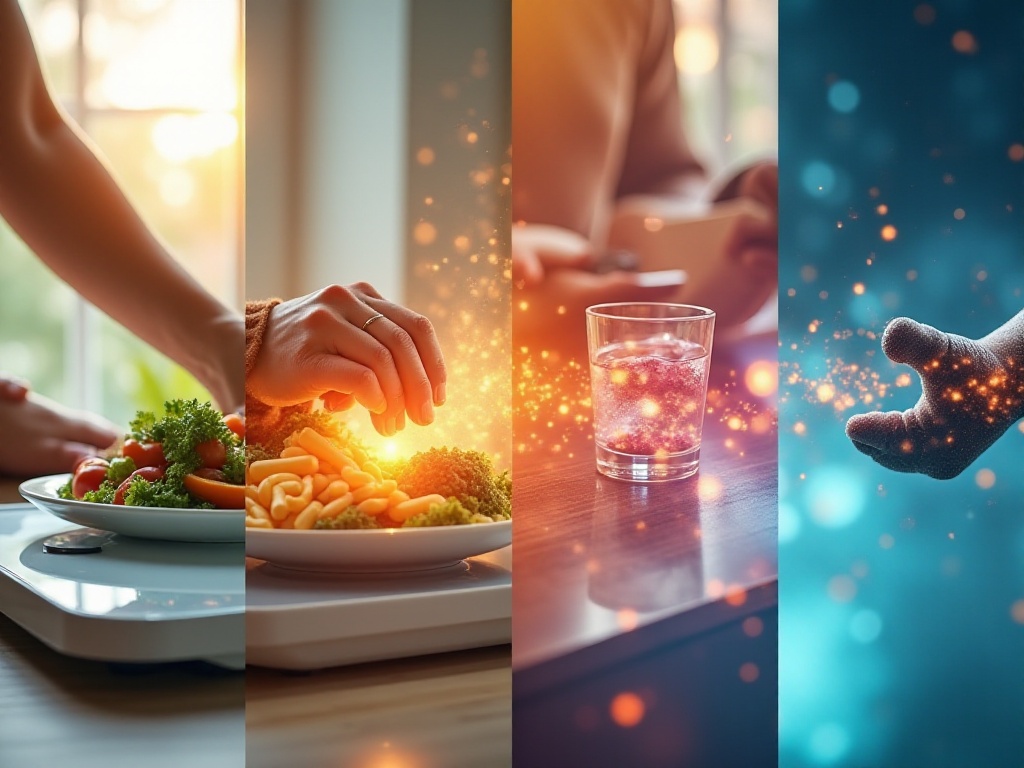Introduction
As a working professional who just moved out on their own, cooking has been my biggest daily headache. At first, I couldn't believe how cooking one meal could turn the kitchen into a war zone! Pots and pans piled up messily in the sink, condiment bottles scattered everywhere, and food scraps all over the cutting board. Every time I saw this scene, it gave me severe anxiety about cooking, making me doubt if I was destined to never master culinary skills.
However, after half a year of exploration and trial, I finally transformed from a kitchen novice who couldn't even fry an egg without burning it into a foodie sensation in my social circle! Now I can easily prepare three dishes and a soup for dinner and regularly host hotpot parties for friends on weekends. What makes me most proud is that my kitchen looks spotless after cooking, as if it hasn't been used. Today, I want to share these hard-earned secrets with those of you who are also struggling with cooking!
Clean As You Go
I remember how terrible it was when I first started learning to cook! After each meal, the kitchen would be filled with dirty dishes and utensils, and it would take me half the evening just to clean up. Even worse, I could still smell the cooking fumes the next morning - it was awful!
Until one day, I came across a chef's video on a streaming platform and had an epiphany: it turns out the pros all "clean as they go"! This method sounds simple, but it's incredibly effective in practice.
How does it work? For example, when I'm stir-frying sliced peppers with meat. After cutting the peppers and meat, I immediately rinse the cutting board and knife, and put the remaining peppers back in the refrigerator. While the oil is heating, I organize all the seasonings, putting lids back on and wiping them clean. During stir-frying, I can wipe down any oil splatters on the stove between turns.
The benefits are numerous! First, the entire cooking process becomes very organized, without any chaos. Second, those brief waiting periods are fully utilized, nothing goes to waste. Most importantly, by the time the dish is done, the kitchen is mostly cleaned up, with only the wok and serving plates left to wash, making the final cleanup incredibly easy.
Now I strictly follow this "clean as you go" principle every time I cook. Even when just making soup, I clean all used tools while waiting for the water to boil. Gradually, this habit has become second nature, completely transforming my cooking experience.

Boil-Over Prevention Tricks
Speaking of cooking tips, the most amazing one I want to share is this genius boil-over prevention trick! I remember my first disastrous experience cooking noodles: the water kept boiling over, and in my panic to lower the heat, I overcooked the noodles until they became mushy. Then, worried about boil-overs, I kept the heat too low and couldn't cook the noodles properly - it was one problem after another.
Until I discovered this life-saving trick: place a wooden spoon across the pot! I was skeptical when I first heard about it, but I was amazed after trying it! The science behind it is actually quite simple: the wooden spoon breaks the surface tension of the water, allowing accumulated steam to escape, preventing sudden boil-overs.
Now I use this trick whenever I'm cooking noodles, soup, or porridge. It's especially useful when making porridge - previously I had to worry about it boiling over, but now with a wooden spoon in place, I can attend to other tasks worry-free. Plus, this method is super convenient, requiring no special tools - any wooden spoon from your kitchen will do.
I've found this trick particularly useful when heating milk. As we know, milk is notorious for boiling over, but with the wooden spoon trick, I never worry about sudden milk boil-overs anymore. Every morning while heating milk, I can browse my phone while waiting, without having to anxiously watch the pot.
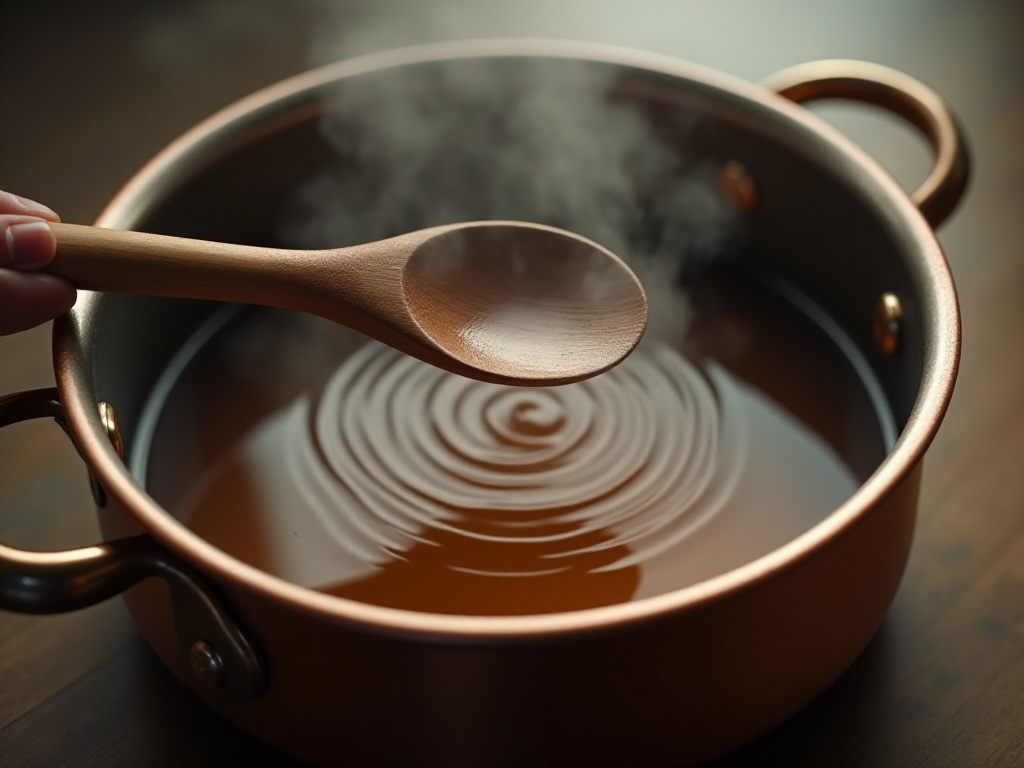
Creative Applications
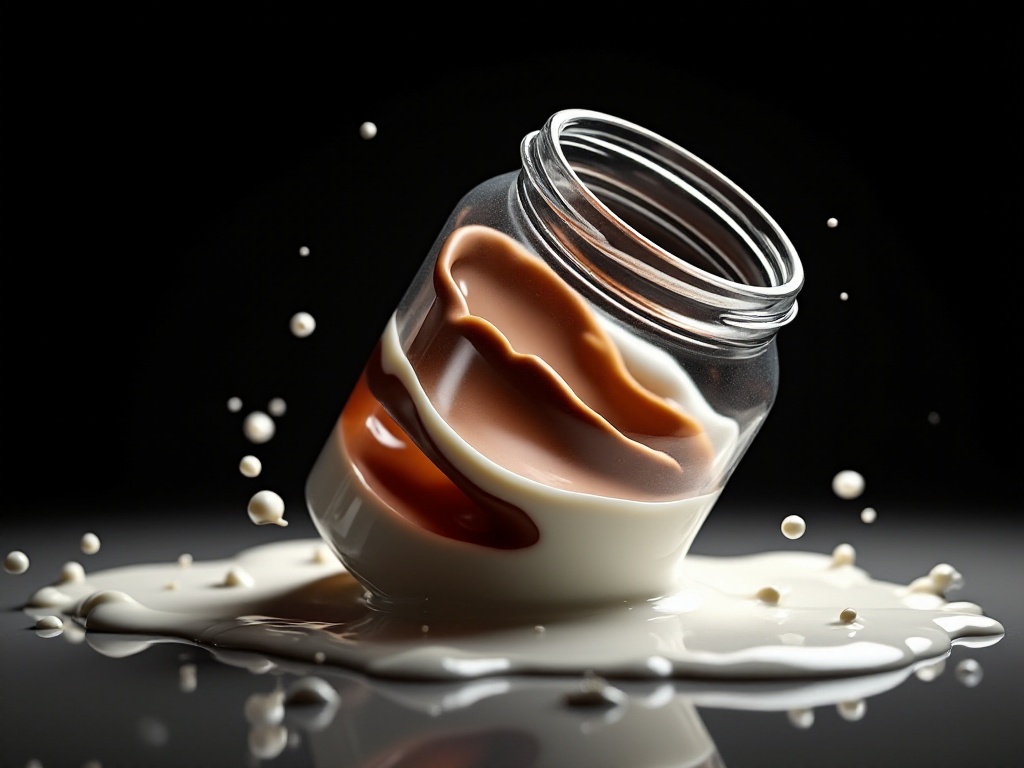
Clever Use of Frozen Grapes
Summer's here, and I'm sure many of you share this dilemma: you want a cold drink to refresh yourself, but worry about ice cubes diluting your beverage as they melt. Don't worry, I have a brilliant idea: use frozen grapes as "ice cubes"!
I discovered this idea by chance at a friend's gathering. We were drinking white wine, and a friend who thought the wine wasn't cold enough took some frozen grapes from the freezer and dropped them in. Wow, what an amazing discovery! Not only did the wine quickly become refreshingly cool, but it didn't affect the wine's taste at all. After finishing the wine, those frozen grapes that had absorbed the wine's aroma became the perfect dessert!
Since then, I've started trying this method with various beverages. Putting a few frozen grapes in lemonade makes it refreshing and cooling; adding frozen grapes to juice maintains the original flavor while providing an unexpected dual fruit experience. Recently, I discovered that putting frozen grapes in sparkling water not only keeps the drink cold but also adds a subtle fruit aroma as the grapes slowly thaw - it's the perfect summer drink combination!
Preparing these "natural ice cubes" is super simple. When buying grapes, I usually select some that are plump and uniform in size, wash them clean, let them dry, then put them in a storage bag and straight into the freezer. This way, they're ready whenever I want a cold drink. Plus, frozen grapes have a long shelf life, so there's no worry about spoilage.

Jam-Turned-Milkshake
Speaking of innovations, I recently discovered an super money-saving and delicious trick! It's transforming nearly empty jam jars into delicious milkshakes. This discovery has really saved me money, and the taste is just as good as store-bought milkshakes.
One time, looking at an almost empty strawberry jam jar, I felt it was such a waste - there was still some jam left but impossible to scrape out with a spoon. On impulse, I poured some cold milk into the jar, put the lid on, and gave it a good shake. To my surprise, this simple shake turned it into a rich strawberry milkshake! The jam completely dissolved in the milk, creating a sweet and delicious drink without wasting any jam.
Since then, all kinds of sauce jars in my house have found new endings. Add milk to a peanut butter jar, shake it up, and you've got a rich peanut milkshake; add cold milk and a bit of coffee to a chocolate sauce jar, shake well, and you've got a rich mocha milkshake. If you want an even smoother texture, you can add a scoop of ice cream or whipped cream.
This method not only helps me fully utilize every bit of ingredients but also lets me enjoy the fun of making homemade drinks. Compared to store-bought milkshakes that cost twenty or thirty dollars each, making them at home is both eco-friendly and economical. Now every time I buy jam, I think about how it can later transform into a milkshake - it's a perfect example of multipurpose use!
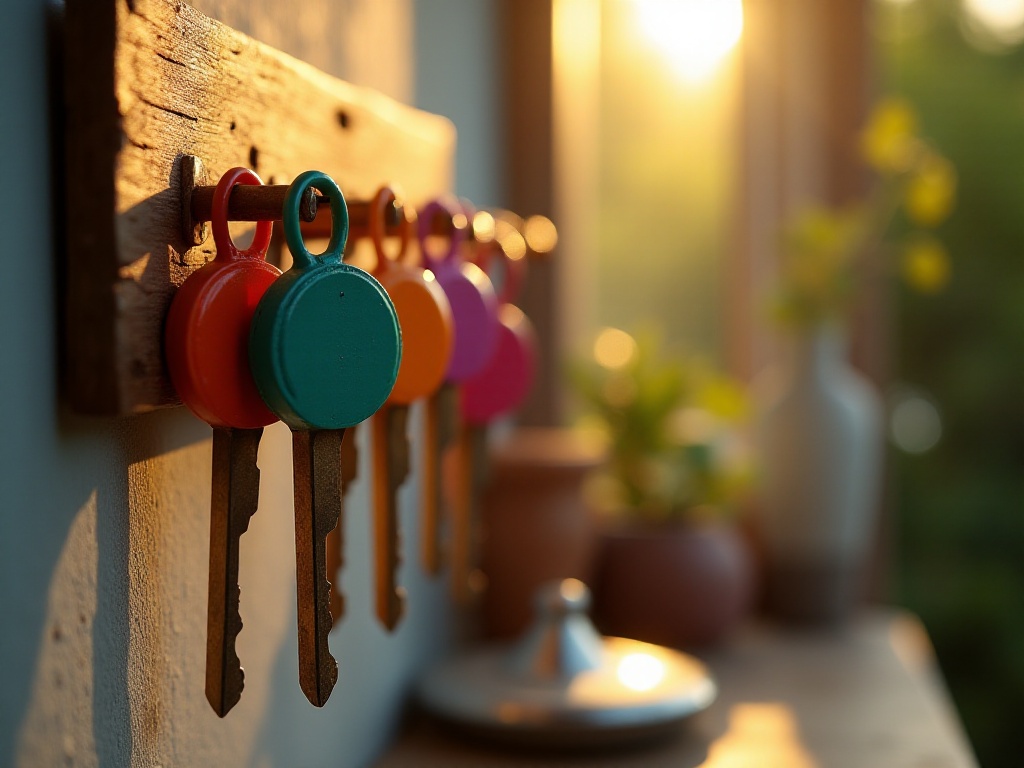
Organization Methods

Proximity Principle
Honestly, my previous organization method could be described as chaos. All cleaning supplies were piled in a corner of the storage room, and I had to make several trips just to gather all the tools for cleaning. Worse still, sometimes when I noticed a dirty spot on the floor and wanted to clean it, just thinking about going to the storage room to get tools felt like such a hassle that I would keep putting it off.
Later, I realized that the most important principle in organization is the "proximity principle." So I equipped each area of my home with a basic set of cleaning tools. The bathroom has its own small cleaner and cloth, ready to handle water spots and stains anytime; the living room TV cabinet holds a cute small duster, so I can immediately deal with any dust I notice while watching TV; the kitchen is a priority area - I placed a storage basket under the sink, neatly arranged with cloths, cleaners, scrubbers, and other frequently used cleaning tools.
The effect of this change was particularly noticeable! For example, the range hood in the kitchen tends to accumulate oil - previously I would wait until it was really obvious before dealing with it all at once, but now with cleaning tools right at hand, I can wipe it down as soon as I notice any oil buildup. When dust appears on the coffee table, it takes just seconds to handle it with the duster from the drawer. This clean-as-you-go approach not only keeps the house consistently clean but also makes cleaning feel effortless.
I've also found that when cleaning tools are within easy reach, my awareness of cleanliness has increased. Before, I might see a small issue and think "I'll deal with it on the weekend," but now I solve problems as soon as I notice them. This immediate-action approach makes housework much easier, and there's no more "accumulating everything for weekend deep cleaning" situation.
Creative Marking
Speaking of organization, I must mention my key storage solution! I used to be tormented by a bunch of similar-looking keys, having to try several before finding the right one. Once, after almost being late because I spent so much time looking for the right key, I decided to solve this problem once and for all.
The inspiration came from my nail art toolkit. One day while applying nail polish, it suddenly occurred to me: why not use nail polish to mark the keys? I immediately put this idea into action, using different colored nail polish to mark each key: bright red for the front door key since it's used first; sky blue for the bicycle lock key, reminding me of the blue sky while cycling; yellow for the storage room key, as it contains lots of snacks, and yellow makes me think of food.
This method works amazingly well! Now I never have to worry about a bunch of keys anymore - I can instantly find the one I need just by looking at the color. Plus, nail polish color is very durable, not wearing off even with daily use. I found this method particularly suitable for parents too - as they get older and their eyesight may not be as good, but they can easily recognize bright colors at a glance.
Later, I extended this idea to other areas. For example, marking different charger cords with colors so I won't mix up phone and tablet chargers; color-coding remote controls for different rooms - if you grab the wrong one, you'll notice immediately. These small changes have made life much more organized.

Final Thoughts
Looking back on my "kitchen evolution journey" over the past half year, I've really experienced a huge improvement in my quality of life. From initially being terrified of cooking to now confidently mastering everything in the kitchen, this process has taught me that many of life's problems can be solved with a bit of creativity.
The most important thing is developing good habits. Like the "clean as you go" principle - it might seem troublesome at first, but stick with it and you'll find it's actually the most time and energy-efficient way. Good habits are like installing autopilot for your life, making everything run more smoothly.
I now thoroughly enjoy my time in the kitchen, whether preparing a lavish dinner or simply cooking noodles, I can feel the happiness in every moment. A clean kitchen environment and well-organized storage make me look forward to cooking every time.
Actually, improving your quality of life doesn't require spending a lot of money - sometimes a small change can bring unexpected convenience. Like using frozen grapes instead of ice cubes, or marking keys with nail polish - these creative ideas require almost no extra expense yet can greatly improve your quality of life.
Finally, I want to say that anyone can become a life expert. What's important isn't how many techniques you've mastered, but whether you have the heart to discover life's small pleasures and are willing to make changes for a better life. I hope these tips I've shared can inspire you and make your life even better!




